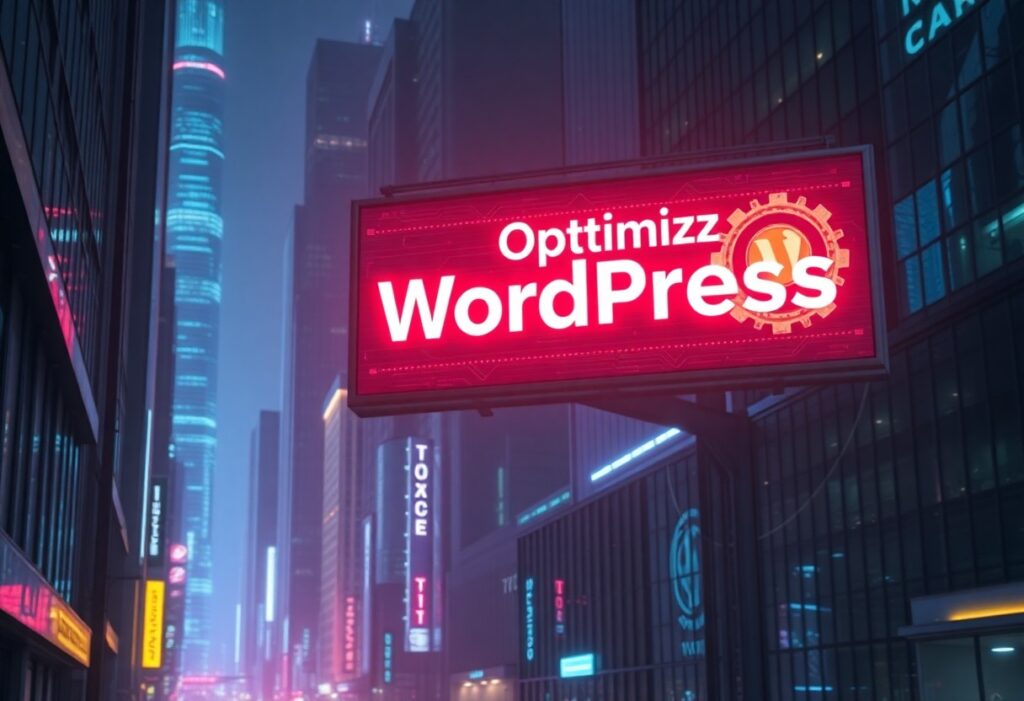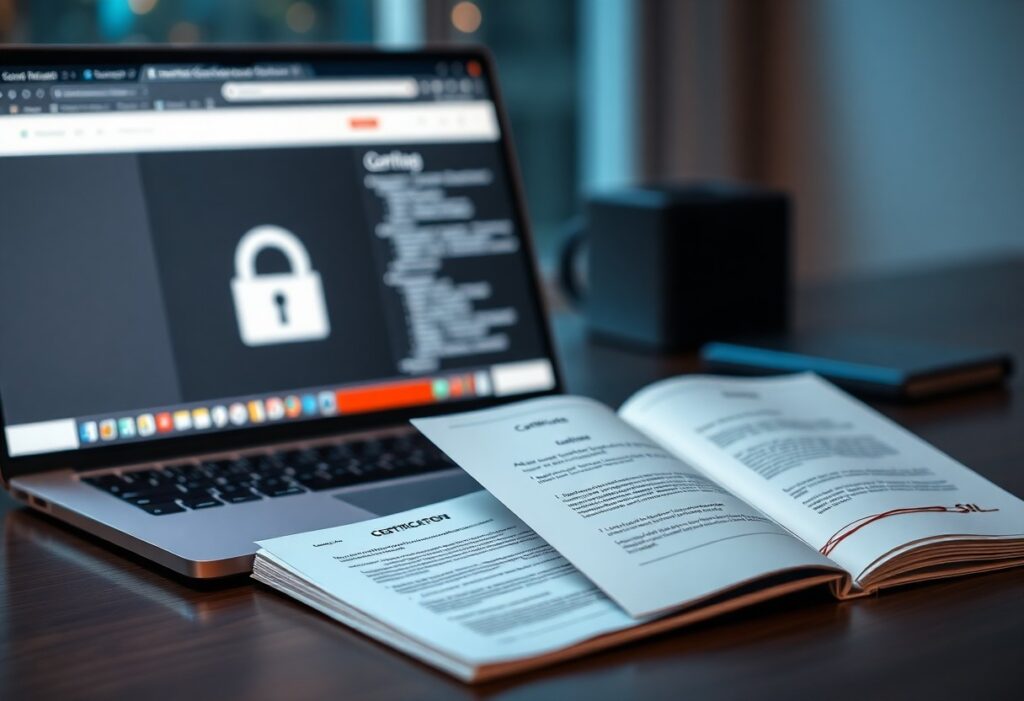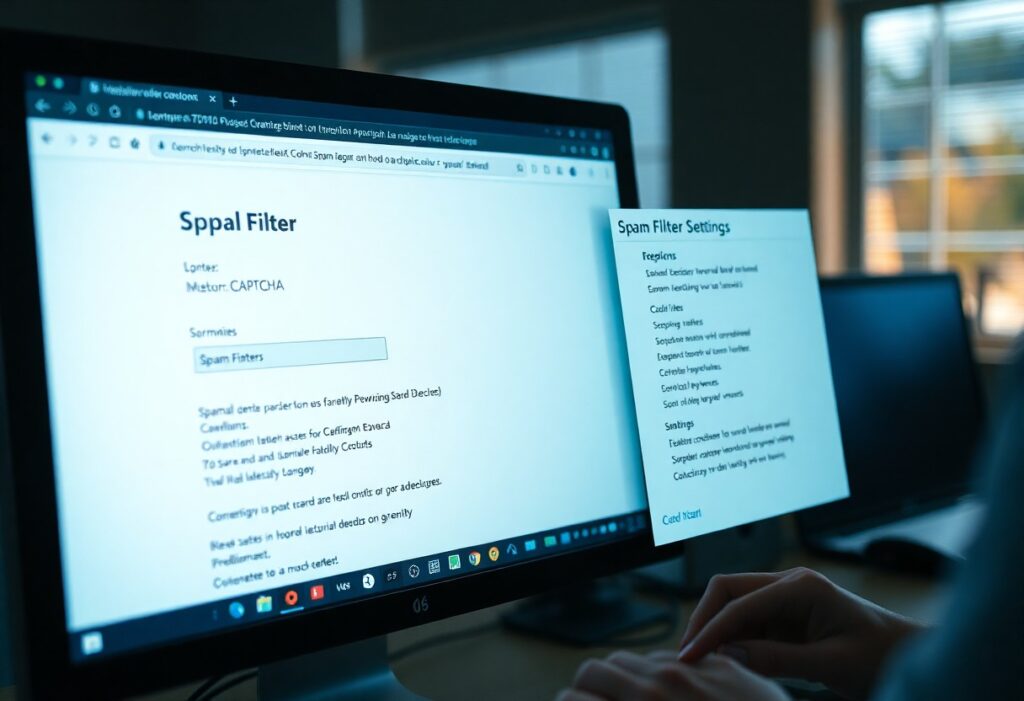Just by focusing on your site’s Core Web Vitals—Largest Contentful Paint (LCP), Cumulative Layout Shift (CLS), and First Input Delay (FID)—you can significantly enhance your SEO performance and user experience. This guide will walk you through proven strategies to improve these vital metrics, ensuring that your WordPress site loads faster, behaves more predictably, and keeps visitors engaged. By optimizing these elements, you not only boost your search rankings but also create a smoother browsing experience for your audience.
Understanding Core Web Vitals
What are Core Web Vitals?
Core Web Vitals are a set of performance metrics defined by Google that evaluate the user experience on your website. These metrics focus on three key aspects: Largest Contentful Paint (LCP), which measures loading performance; Cumulative Layout Shift (CLS), which assesses visual stability; and First Input Delay (FID), which gauges interactivity. Together, they provide critical insights into how users interact with your site, influencing their overall experience.
Importance for SEO
Core Web Vitals directly impact your site’s ranking on search engines. Google considers user experience as a major factor in determining search rankings, and poor performance in these metrics can result in lower visibility. Achieving strong scores in LCP, CLS, and FID not only benefits user retention but also boosts your authority in search results.
Landing a high score in Core Web Vitals can significantly enhance your website’s SEO strategy. For instance, a well-optimized LCP should occur within 2.5 seconds, while a CLS score of less than 0.1 minimizes disruptive shifts during page loading. Sites that meet or exceed these benchmarks often enjoy improved rankings, attracting more organic traffic. In fact, research indicates that websites with optimized Core Web Vitals can experience conversion rate increases by as much as 20% or more, showing a clear correlation between user experience and SEO success.
Optimizing Largest Contentful Paint (LCP)
Improving your Largest Contentful Paint (LCP) is crucial for enhancing user experience and boosting your SEO rankings. Slow loading times negatively impact site engagement and conversion rates. Focus on strategies that reduce loading delays and prioritize the visibility of main elements. By optimizing images and minimizing server response times, you can significantly improve how quickly your content renders, leading to a more favorable user experience.
Factors Affecting LCP
Several elements can influence your LCP, determining how fast your website’s most significant content appears to users. Key factors include:
- Image sizes
- Server response times
- Render-blocking resources
- Third-party scripts
Any of these issues could hinder your site’s performance and LCP metrics.
Tips to Improve LCP
Enhancing your LCP involves several actionable tactics. Focus on the following:
- Optimize images
- Eliminate render-blocking scripts
- Improve server response times
- Utilize Lazy Loading
Any of these strategies can make a substantial difference in loading speeds.
Utilizing image formats like WebP can drastically reduce file sizes, improving your LCP. Evaluate your server performance and consider upgrading to faster hosting solutions. Implementing techniques such as Lazy Loading ensures that only visible content loads initially, enhancing perceived performance while the rest loads in the background. Furthermore, removing unnecessary third-party scripts can clear up bottlenecks, contributing to faster loading times.
- Test LCP regularly
- Prioritize critical content
- Use a Content Delivery Network (CDN)
- Minimize HTTP requests
Any of these improvements can lead to notable enhancements in user experience and SEO outcomes.
Enhancing Cumulative Layout Shift (CLS)
To improve your site’s user experience and SEO, tackling Cumulative Layout Shift (CLS) is crucial. A high CLS score often indicates a poor experience due to unexpected layout changes, which can frustrate users, lead to higher bounce rates, and negatively impact rankings. Implementing targeted strategies can significantly stabilize your layout during page load, leading to a smoother interaction.
Factors Influencing CLS
Several elements affect your site’s CLS score. These include:
- Images without specified dimensions
- Fonts loading at different sizes
- Ads or embedded content shifting the layout
- Dynamic content that alters the page after loading
Any modifications you make to these factors can lead to a more stable layout and improved user satisfaction.
Strategies for Reducing CLS
Stabilizing your layout involves implementing specific techniques. Key strategies include reserving space for images and ads, using CSS to avoid layout shifts, and ensuring fonts load consistently. Additionally, avoid loading new content dynamically without proper placeholders to prevent unexpected movement.
Incorporating proper dimensions for images and videos is a basic yet effective approach to reducing CLS. Rather than allowing these elements to shift other content upon loading, set explicit size attributes. Utilize CSS for font loading that prevents size changes post-load. Make use of placeholders for dynamic content, ensuring that the layout remains stable until new elements are fully loaded. These strategies collectively contribute to a seamless experience, thereby enhancing your site’s performance as well as your overall SEO rankings.
Improving First Input Delay (FID)
Enhancing First Input Delay (FID) is imperative for creating an interactive experience on your WordPress site. A low FID ensures that users can interact with your content immediately, which enhances their overall experience and encourages engagement. By focusing on optimizing FID, you can significantly improve user satisfaction while also boosting your site’s SEO performance.
Understanding FID Factors
FID measures the time it takes for a web page to respond after a user first interacts with it. Various factors affect this metric, including server response times, JavaScript execution times, and overall page load performance. The main factors impacting FID include:
- JavaScript execution
- Main thread blocking
- Server response times
The smoother the interaction, the better your FID score will be.
Techniques to Enhance FID
To improve FID, you can implement several techniques that minimize delays. Reducing JavaScript execution time is particularly effective, as large scripts often block the main thread. Optimizing third-party scripts, utilizing async or defer attributes for loading, and minimizing main thread work all contribute to a smoother interaction.
Prioritize loading critical scripts and optimize their execution for better responsiveness. Using techniques such as lazy loading images and deferring non-imperative JavaScript can drastically reduce load times. Consider implementing a Content Delivery Network (CDN) to decrease server response delays, as this allows users to fetch data from the nearest location. The combined effects of these optimizations lead to a substantial decrease in FID, ultimately enhancing user engagement and improving SEO rankings.
Monitoring Your Core Web Vitals
Regularly assessing your Core Web Vitals is imperative for maintaining optimal website performance. By consistently monitoring these metrics, you can quickly identify areas needing improvement and ensure your site meets user expectations. Consider setting up periodic checks to stay informed about how changes affect your LCP, CLS, and FID scores over time.
Tools for Measuring Web Vitals
Several tools, such as Google PageSpeed Insights, Web Vitals Chrome Extension, and GTmetrix, provide in-depth analysis of your Core Web Vitals. These resources measure your site’s performance metrics accurately and allow you to benchmark against competitors. Utilizing multiple tools can give you a comprehensive view of your site’s strengths and weaknesses.
Interpreting the Results
Understanding the results from your Core Web Vitals assessments is vital for implementing effective changes. Each metric reflects different aspects of user experience. For example, if your LCP score is above 2.5 seconds, users may perceive your site as slow. Analyze each metric individually, look for patterns in the data, and consider how they correlate with user feedback and behavior.
When interpreting results, focus on specific thresholds and recommendations provided by tools. A score below 2.5s for LCP indicates good performance, while a CLS score under 0.1 is typically desired. Evaluate how each metric impacts overall user satisfaction. If continual fluctuations occur in these scores, investigate potential causes like server response times or large media files that may hinder loading speed. Linking these findings to actual user engagement can help you prioritize which improvements will yield the best results.
Best Practices for WordPress Optimization
General Optimization Tips
Implementing effective optimization strategies can significantly improve your WordPress site’s performance. Focus on the following optimization tips:
- Compress images to reduce load times.
- Minimize CSS and JavaScript files.
- Leverage browser caching to enhance speed.
- Use a content delivery network (CDN) for quicker loading across regions.
- Regularly update WordPress, themes, and plugins.
Perceiving these practices can lead to a more responsive website and a better user experience.
Plugin Recommendations
Choosing the right plugins can streamline your WordPress optimization process. Focus on reputable plugins such as WP Rocket for caching, Smush for image optimization, and Autoptimize for code minification. These tools not only enhance your site’s performance but also simplify optimization tasks. Regular updates and active support for these plugins ensure they remain effective in handling evolving web standards.
To wrap up
The optimization of Core Web Vitals—LCP, CLS, and FID—is important for enhancing your WordPress site’s SEO performance. By focusing on improving loading speeds, ensuring visual stability, and reducing interactivity delays, you can significantly elevate user experience and boost your rankings in search engines. Implement techniques like image compression, lazy loading, and code minification to achieve these improvements. Consistently monitor your site’s performance with tools like Google PageSpeed Insights to refine your strategy and stay ahead of competitors.
FAQ
Q: What are Core Web Vitals?
A: Core Web Vitals are a set of metrics used to measure the user experience of a website. They focus on loading (LCP), interactivity (FID), and visual stability (CLS). Optimizing these metrics can improve overall SEO performance.
Q: What does LCP stand for and how can I optimize it?
A: LCP stands for Largest Contentful Paint. To optimize LCP, minimize server response times, optimize images, utilize a content delivery network (CDN), and use lazy loading for below-the-fold content.
Q: How does CLS affect user experience and SEO?
A: CLS stands for Cumulative Layout Shift, measuring visual stability. A high CLS indicates elements shifting unexpectedly, leading to poor user experience. To optimize it, ensure fixed dimensions for images and ads, and preload fonts to avoid layout shifts.
Q: What is FID and how do I improve it?
A: FID stands for First Input Delay, indicating the responsiveness of a webpage. To improve FID, minimize JavaScript execution time, use web workers, and reduce the number of third-party scripts that can block interaction.
Q: How can I measure Core Web Vitals?
A: You can measure Core Web Vitals using tools such as Google PageSpeed Insights, Lighthouse, and the Chrome User Experience Report. These tools provide insights and suggestions for optimizations.
Q: Do plugins affect Core Web Vitals performance?
A: Yes, plugins can impact Core Web Vitals by increasing page load time and JavaScript execution. It’s best to assess the performance of installed plugins regularly and remove unnecessary ones.
Q: What role does mobile optimization play in Core Web Vitals?
A: Mobile optimization is necessary for Core Web Vitals as mobile devices often experience slower connections. Implement responsive design, optimize images for smaller screens, and ensure fast loading times to enhance mobile performance.
Need expert help managing your WordPress site?
If "How to Optimize WordPress Core Web Vitals (LCP, CLS, FID) for Better SEO" was useful, imagine your site with expert care — speed, security, uptime, and updates handled for you.




